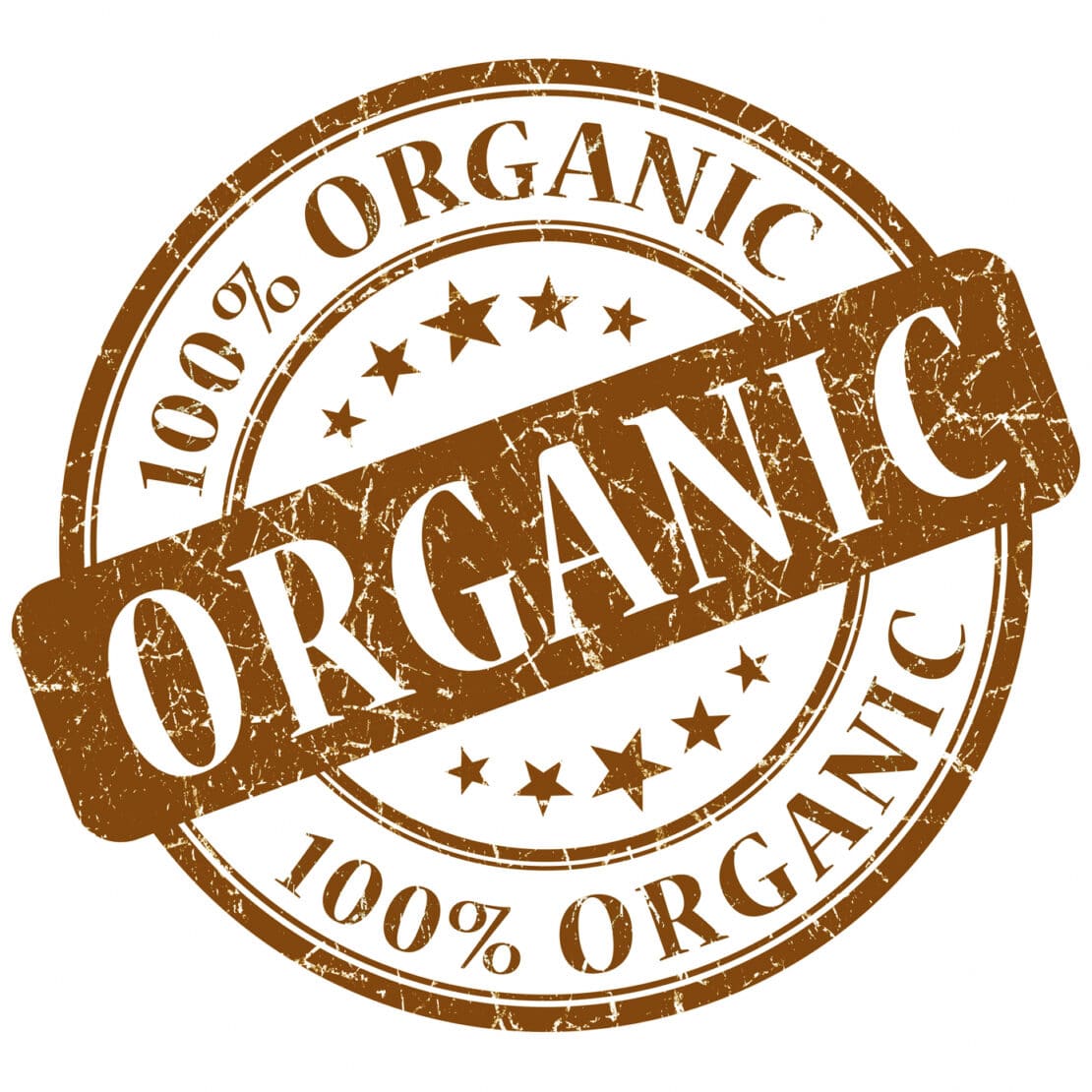We all know that eating organic foods is an important part of staying healthy.
Chemicals on conventionally grown foods are linked to a long list of serious illnesses. They include cancer, Parkinson’s, birth defects, brain damage, male infertility, asthma, and diabetes.[1] [2]
And that’s just the beginning.
But the problem for many of us is that organic foods are pricey.
A Consumer Reports analysis found that organic foods are 47% more expensive on average than conventional ones. But you don’t have to empty your wallet if you make smart choices.
5 Ways to Beat Organic Food Sticker Shock
Here are five simple ways to save money when you buy organic:
1.) Skip “organic” processed foods. Buying packaged, processed organic foods is usually a waste of money. They are stripped of nutrients through processing and can also contain additives accepted under the rules for organic labeling. Therefore, you’re not getting the benefit of “real” organic food.[3]
2.) Check your local supermarket before going to Whole Foods. Whole Foods is by far the largest organic food retailer in the U.S. It has more than 400 stores. They have a terrific selection of organic foods. But be prepared for sticker shock. Whole Foods prices are generally high.
Before going to Whole Foods, shop the organic section of your local discount grocery. Many of them have greatly expanded their organic selection. And the prices can be just a bit over those of conventional products.[4]
Costco, Walmart, and Target now have lots of organic groceries—sometimes at big savings over organic supermarkets. Believe it or not, Walmart is the biggest seller of organics in the U.S.
3.) Go generic. The purity of name-brand and generic organic products is the same. They both must follow the same production rules set out by the U.S. Department of Agriculture:[5]
- Organic crops cannot be grown with chemical fertilizers, pesticides, or sewage sludge.
- They cannot be genetically engineered or irradiated.
- Animals must eat only organically grown feed containing no animal byproducts and can’t be treated with synthetic hormones or antibiotics.
- Animals must have access to the outdoors, such as a pasture or yard.
- Animals cannot be cloned.
4.) Buy frozen. Nine times out of 10, frozen organic produce is cheaper than fresh. And it still has comparable nutrition and purity. It’s also a good idea to buy large quantities of fresh organic foods when they are in season or on sale and freeze them yourself.[6]
5.) Don’t buy these organic foods. There is certain produce you should always buy organic. They include apples, bell peppers, grapes, celery, and nectarines. Large amounts of pesticides are typically used on these fruits and vegetables when they are not organically grown.
But some non-organic produce is perfectly safe to eat—and cheaper than its organic counterpart:
- Onions. The layers of the outer skin keep out insects, so farmers don’t need as many pesticides. The pesticides stay in the outer layer that are discarded before eating.
- Avocados. Few pesticides are used on avocados. And they don’t penetrate the skin.
- Sweet potatoes. Very little pesticide is used in farming sweet potatoes.
- Asparagus. Like some kids, bugs don’t like asparagus. Very little pesticide is used.
Why You Should Spring for Organic Chicken
A recent study shows that spending extra for organic chicken is definitely justified.
Researchers from the Pennsylvania Department of Health tested 2,500 samples of ground beef, pork chops, and poultry. The meat was bought from random markets.
Many of the samples were infected with salmonella. That was expected. Salmonella is a common bacterial infection in chicken, both organic and conventional.
What wasn’t expected was that conventional chicken was twice as likely as organic to harbor drug-resistant salmonella germs.
Large non-organic factory farms often feed their chickens antibiotics. It helps keep the birds from getting sick in the crowded conditions. But it also leads to types of salmonella that are “superbugs.” If they infect you, they can be difficult to treat.
In 2017, the CDC investigated an outbreak of drug-resistant salmonella in which 129 people in 32 states were infected. One died. The source was antibiotic-fed chicken.[7] [8]
One more thing…
Don’t be fooled by labels that read “natural” or “all-natural.” These are weasel words. They don’t have any legal meaning and can include foods full of pesticides.
Editor’s Note: Discover natural, non-drug methods to transform your health. Read Independent Healing. It’s your best source for unbiased, evidence-based medical information. To subscribe, click HERE.
Related Articles
Many ‘Organic’ Restaurants Actually Aren’t
Why Eating Organic Helps You Sleep Better
Natural Alternatives to the Most-Prescribed Drugs
[1] https://en.wikipedia.org/wiki/Health_effects_of_pesticides
[2] http://www.toxipedia.org/display/toxipedia/Effects+of+Pesticides+on+Human+Health
[3] https://www.washingtonpost.com/lifestyle/wellness/10-ways-to-save-money-on-organic-groceries/2017/08/03/455c933a-761d-11e7-8f39-eeb7d3a2d304_story.html?utm_term=.c96f6d917d66
[4] https://www.consumerreports.org/cro/news/2015/03/cost-of-organic-food/index.htm
[5] https://www.foodandwaterwatch.org/about/live-healthy/consumer-labels?gclid=EAIaIQobChMI0NCAqbfN1QIVk4KzCh2JzQGFEAAYASAAEgInzPD_BwE
[6] https://foodbabe.com/2013/05/20/how-to-eat-organic-on-a-budget/
[7] https://www.cdc.gov/salmonella/infantis-10-18/index.html
[8] https://consumer.healthday.com/infectious-disease-information-21/antibiotics-news-30/organic-chicken-less-likely-to-harbor-a-dangerous-superbug-750899.html

